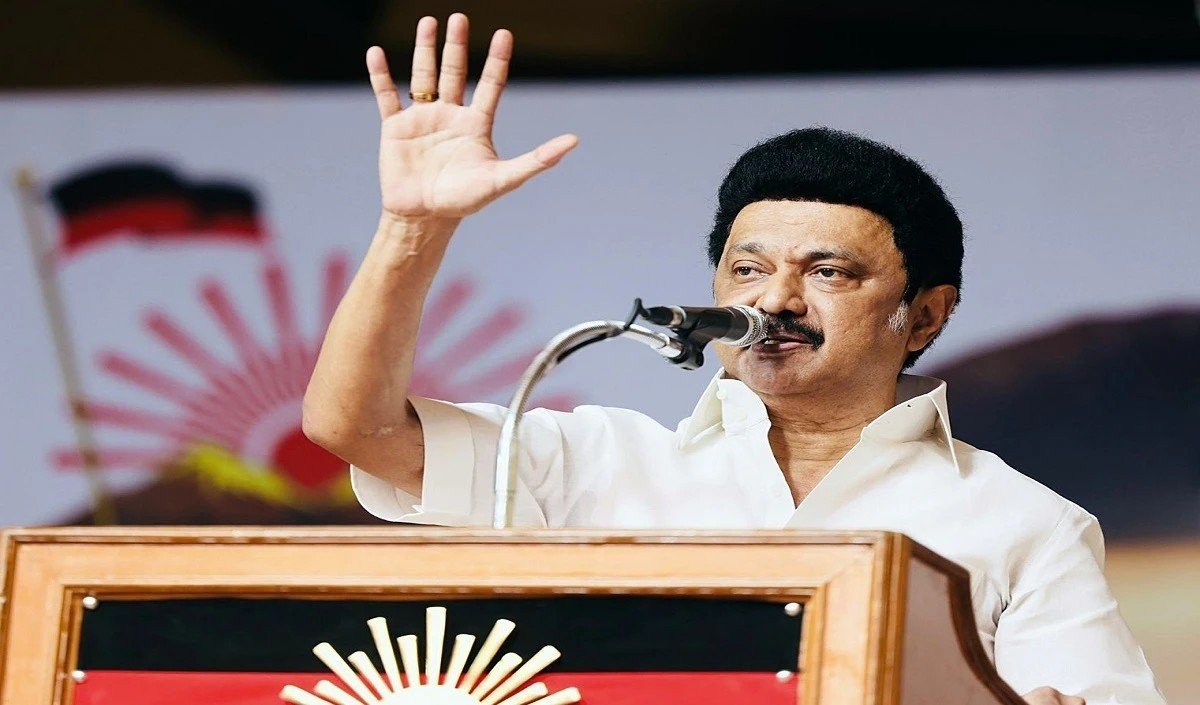Before the merger of princely states in India, Khetri was a well-developed princely state in Rajasthan. Hearing the fame of Khetri spread all around, the foreign invader Mahmud Ghaznavi once attacked Khetri. But even after that there was no decline in the glory of Khetri. All the kings of Khetri were connoisseurs of literature and art and were devotees of culture. He was always active in the direction of development of education and bringing light to various fields. Khetri has always been known as the workplace of great personalities.
Khetri King Ajit Singh was a ruler with religious and spiritual inclination. Raja Ajit Singh had bought a new palace in Mount Abu. The king was staying in the same palace during summer. During that time, on June 4, 1891, he met the young monk Vivekananda ji for the first time. Ajit Singh was so impressed with the young monk by this meeting that the king made the young monk his guru and requested him to accompany him to Khetri. Which the monks could not reject. Swami Vivekananda came to Khetri for the first time on 7 August 1891. Swamiji stayed in Khetri till 27 October 1891.
Also read: Developed India Youth Leader Dialogue Program, PM Modi will talk to young leaders on January 12
Swamiji explained the importance of modern science to King Ajit Singh to become generous and magnanimous. It was in Khetri itself that Swami Vivekananda studied Panini’s ‘Ashtadhyayi’ and Patanjali’s ‘Mahabhashyadhyayi’ with the help of Rajpandit Narayandas Shastri. In the letters written to Narayandas Shastri, famous for his grammar and erudition, Swamiji had addressed him as my Guru.
Before leaving for America, Swamiji reached Khetri for the second time on 21 April 1893 on the invitation of Raja Ajit Singh. During this period, Swamiji stayed in Khetri till 10 May 1893. This was Swamiji’s second Khetri visit. Meanwhile, one day King Ajit Singh and Swamiji were discussing scriptures sitting in Fatehvilas Mahal. Then the dancers of the state came there and requested for singing. On this, when Swamiji, being a Sanyasi, got up and started leaving, Mainabai, the leader of the group of dancers, requested Swamiji to sit as well. I will recite bhajan here. Swamiji sat down on this. Dancer Mainabai sang the famous bhajan written by great poet Surdas.
Lord, don’t worry about my shortcomings.
Samadarsi hai naam tiharo chahe to par karo.
When Swamiji narrated this, a stream of tears mixed with remorse welled up in his eyes and he addressed that fallen woman as a mother who imparted knowledge and said that you have opened my eyes today. It was only after listening to this hymn that Swamiji became ascetic and took a vow to remain connected with goodwill throughout his life. On May 10, 1893, at the young age of just 28, Swamji left Khetri to go to America. With the financial support of Maharaja Ajit Singh, Swami Vivekananda participated in the World Religion Conference organized in Chicago city of America and hoisted the flag of Vedanta and gave India the honor of world religious leader.
Very few people know that Swamiji was also named Swami Vivekananda by Raja Ajit Singh. Before this, Swamiji’s own name was Vividishananda. Before leaving for Chicago, Raja Ajit Singh said to Swamiji that your name is very difficult. Its meaning cannot be understood. On the same day, King Ajit Singh tied a turban on his head and made him wear a saffron robe and gave him a new attire and a new name, Swami Vivekananda. Which Swamiji wore throughout his life. Even today people know him only by the name Swami Vivekananda given by Raja Ajit Singh.
When Swamiji returned to India in 1897 while touring the world after hoisting the flag of Hinduism in Chicago, on 17 December 1897, the King of Khetri welcomed him by going 12 miles away in his honor and brought him to Khetri with grand musical instruments. At that time, as a mark of respect to Swamiji, all the officials of the Khetri Darbar presented two coins each and the King of Khetri welcomed Swamiji in the Durbar Hall by presenting three thousand coins.
When Swami Vivekananda came to Khetri after returning from the Sarva Dharma Conference, Raja Ajit Singh had lit lamps of forty maunds of desi ghee in the city to welcome him. Due to this, the entire city including Bhopalgarh, Fateh Singh Mahal, Jainiwas Mahal was illuminated. On 20 December 1897, Swami ji was given a grand welcome by hosting a banquet at Pannalal Shah pond in Khetri. At that time, five thousand people of Khetri Thikana had participated in the royal banquet. In the same function, Swami Vivekananda ji gave a public speech in Khetri, to which thousands of people gathered to listen. A large number of foreign diplomats along with Khetri King Ajit Singh were among those who heard that speech. On 21 December 1897, Swamiji left Khetri.
Swami Vivekananda ji had once said that if he had not met King Ajit Singh of Khetri, he would never have been able to do the little effort he did for the progress of India. Swami ji used to write letters to Raja Ajit Singh from time to time, inspiring him to continue public interest work.
Many stories of the unbreakable relationship between Raja Ajit Singh and Swami Vivekananda can be easily heard even today on the lips of the people of Khetri. Swamiji believed that if Raja Ajit Singh had not met him, it would not have been possible for him to go to Chicago. Swami ji had admitted that Raja Ajit Singh was the only friend in his life. On Swami ji’s request, Raja Ajit Singh started sending Rs 100 per month to Swami’s mother Bhuvaneshwari Devi for her support from 1891, which continued till Ajit Singh ji’s death. Swamiji was born on 12 January 1863 and died on 4 July 1902. Similarly, Raja Ajit Singh ji was born on 10 October 1861 and died on 18 January 1901. Both of them died at the age of 39 and there was not much difference between the time of their birth and death. This cannot be called a mere coincidence.
Swami Vivekananda, the inspiration for the youth, social reformer and young man who gave this message of getting up, awake and do not stop until the destination is achieved, was born on 12 January 1863 in Calcutta. His birthday is celebrated as National Youth Day. The main reason why his birthday is celebrated as National Youth Day is his philosophy, principles, spiritual thoughts and his ideals. These thoughts and ideals of his can infuse new strength and energy among the youth. The youth of any country are its future. The reins of the country’s progress are in their hands.
Swami Vivekananda founded a service-oriented organization called Ramakrishna Mission. Whose first branch in Rajasthan was started in Khetri in 1958 by Raja Ajit Singh’s grandson Bahadur Sardar Singh at Swami Vivekananda Smriti Bhawan, the place where Swamiji stayed during his stay in Khetri. The Mission is also running a Kindergarten, Public Library, Reading Room and a Matri Sadan and Child Welfare Center named Shri Sharda Shishu Vihar for the poor and backward boys and girls in Khetri. The then Chief Minister Late at Khetri intersection. Bhairon Singh Shekhawat unveiled the life-size statue of Swami Vivekananda in 1996. Which will continue to inspire the coming generations. Prime Minister Narendra Modi has also visited Ramakrishna Mission in Khetri and observed the memories related to Swami Vivekananda ji.
– Ramesh Saraf Dhamora
(The author is an independent journalist accredited by the Government of Rajasthan.)



